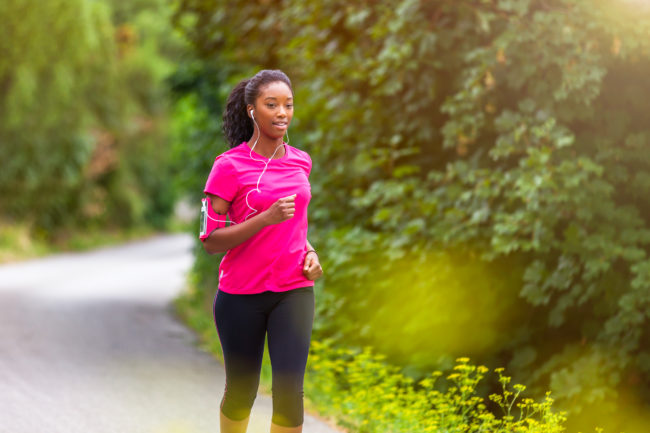It happens every year. After a few months of cooler, rainy weather, the warmer temperatures of spring make us want to head outdoors. What better way to do that than to get your workout in than go outside? We will explore 4 Essential tips for taking your workout outdoors below.
For most people, staring at the walls in the gym gets old. That’s why taking your workout outdoors is so appealing. And the benefits go beyond the scenery.
Studies have found that those who exercise outdoors have more energy and feel revitalized — and they’re less likely to experience excessive stress, depression, and tension. Exposure to sunshine also brings benefits, including helping you sleep better and strengthening your immune system.
When you head outdoors this spring, keep these 4 tips in mind.
- Pay attention to the heat. Here in the Chattanooga area, the weather heats up quickly once spring arrives. Case in point: temperatures that often dip into the upper 80s and low 90s.
If you’re headed outside for physical activity of any sort, like a run around the neighborhood, yoga in the park, or a hike in the woods, pay close attention to the temperatures.
When the weather is warm, give your body time to acclimate when you step outdoors. Don’t just dive into your activity — take time to warm up your body first while getting used to the temperature.
- Hydrate. Hydrate. When the weather is warmer, your body temperature rises, and you sweat more.
Your body can quickly dehydrate, even before you realize you’re thirsty. So anytime you’re physically active outdoors, be sure to drink water before, during, and after the activity.
You’ll also want to replace electrolytes post-workout with something like coconut water in addition to your regular water intake. Sports drinks can also be helpful in replacing electrolytes, but be sure to check your labels as these often contain excessive amounts of sodium and carbohydrates.
Water isn’t the only way to stay hydrated. You can also replenish fluids with the foods you eat since many fruits and vegetables contain a large amount of water. Pack some cucumber slices, celery, watermelon, or strawberries in your backpack when you head out for your next hike.
- Listen to your body. In hot, humid weather, your sweat doesn’t evaporate from your skin as quickly as in cooler temps, making it more difficult for your body to cool down. When your body cannot cool down, a heat emergency can arise.
To help prevent an emergency, know the early signs of heat exhaustion, including thirst, tiredness, and muscle cramps. Later signs may include weakness, dizziness, headache, nausea, and dark urine. If you experience any of these symptoms, find some shade and get hydrated.
Heat stroke can be life-threatening and occurs when the body temperature rises above 104 degrees F. Symptoms of heatstroke may include red, hot, dry skin, rapid breathing, rapid or weak pulse, extreme confusion, seizure, and loss of consciousness. If you experience any of these symptoms, you should remove any excess layers of clothing and hydrate immediately.
Contact your physician if your symptoms worsen or do not improve after any heat illness. Or, in the event of an emergency, call 9-1-1.
- Slather on the sunscreen. And be sure you do so even if it’s an overcast day. Even on a cloudy day, more than 80 percent of the sun’s ultraviolet rays pass through.
Choose a broad-spectrum sunscreen with an SPF of 30 or higher, and apply it to all exposed skin at least a half hour before heading outdoors. Reapply every two hours — or more often if you’re sweating or swimming.
Don’t forget to protect the areas of your body you don’t necessarily think about. Apply sunscreen to your ears, coat your lips in a lip balm containing sunscreen, and wear sunglasses to protect your eyes.
Even our best-laid plans sometimes end up in chaos. If you experience an emergency on your outdoor excursion, Erlanger Health offers 24/7 emergency services to meet your needs.







